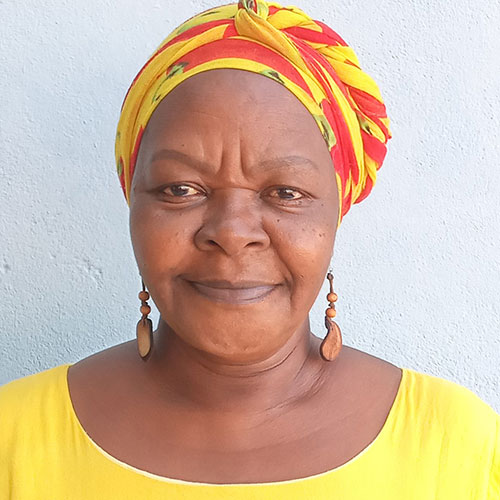Photographic exhibition reveals the daily lives of indigenous peoples
Curated by Ailton Krenak, the exhibition at Centro Cultural Banco do Brasil presented to the public 160 photographs by award-winning Japanese photographer Hiromi Nagakura


Japanese photographer Hiromi Nagakura, during his travels through the Amazon, always accompanied by his friend Ailton Krenak, visited several indigenous villages, returning to some more than once.
He built stories of friendship, allowing himself to be penetrated by the spirit of the forest, and took back to his heart the learning from his years of walking through the Amazon with Ailton Krenak.
The result of this trip was the exhibition “Hiromi Nagakura to the Amazon, with Ailton Krenak”, which passed through São Paulo and was recently at the Centro Cultural Banco do Brasil (CCBB) in Rio de Janeiro.
The curation was carried out by Ailton Krenak, with joint curation by Angela Pappiani, Eliza Otsuka, and Priscyla Gomes. The exhibition presented 160 photographs in Brazil by award-winning photographer Hiromi Nagakura.
In the exhibition, it was possible to see records of the Yanomami, Xavante, Krikati, Gavião da Montanha, Yawanawá, Huni Kuin, and Ashaninka indigenous nations.
The exhibition featured images of everyday life, rituals, the intimacy of these people, and objects used by them. To obtain these records, Nagakura made five trips with Krenak through the Amazon territory between 1993 and 1998.
Who is Ailton Krenak?
Ailton Krenak is one of the most important figures in Brazil; he is on the front line guaranteeing the rights of indigenous peoples. Philosopher, writer, activist, journalist, environmentalist, and main leader of the Indigenous movement, Krenak is the first Indigenous person to occupy a chair at the Brazilian Academy of Letters (ABL).
Daily life through photographs
“I think it is a super important exhibition to show the reality of our native peoples, the importance of preserving our culture. I already knew some of Ailton Krenak’s texts, but this is the first time I’ve seen him curating a photographic exhibition. The colors in the photos are beautiful; You can see their happiness. There is no sadness, there is truth in the photos”, said Camila, a social worker who visited the exhibition.
Magda Barreto, a resident of Rio de Janeiro for 24 years, says she found out about the exhibition through a report. “I came to visit and it is really everything I was thinking and a little more. I managed to capture the sensitivity of the photographer, who used his feelings to capture in images the life, feelings, daily life, and relationships of those villages”.
“I was amazed at how Hiromi Nagakura managed to have a deep intimacy: dawn, dusk, eating, sleeping, working, fishing, and playing.”
“I am leaving the exhibition very emotional. I think it’s a very important exhibition, I hope it lasts a long time. May there be more exhibitions of this type, not only about the original peoples, but also about various other cultures, not only in Brazil, but on our planet as a whole”, concluded Magda.



